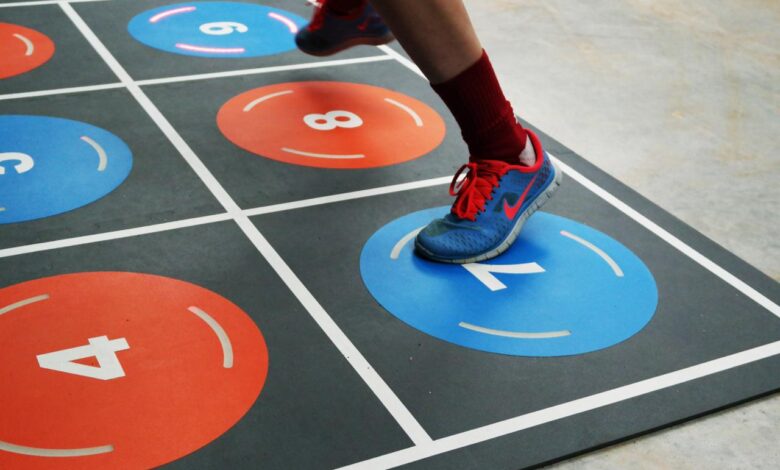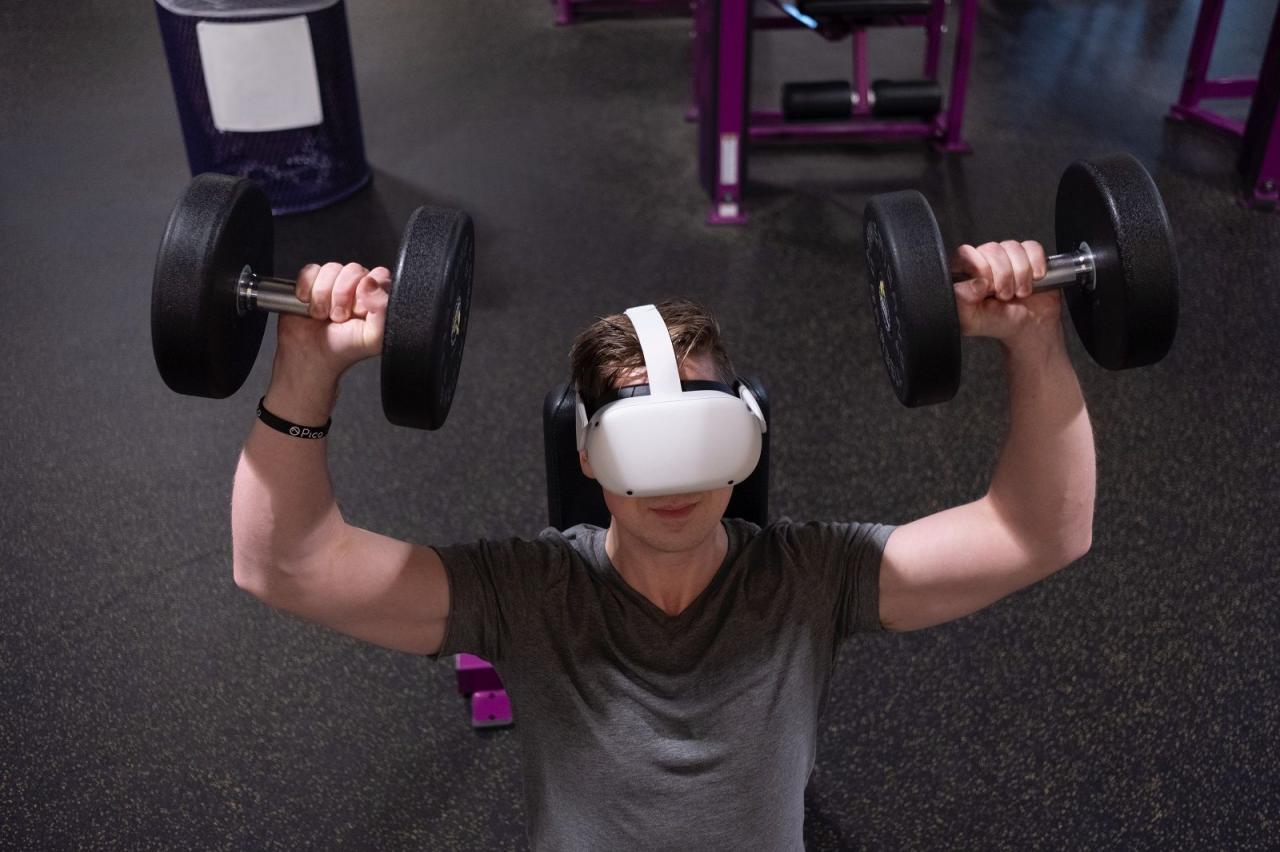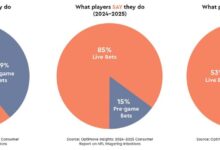Gaming for Wellness Improves Our Significant Health

The world of gaming, once stereotyped as a sedentary hobby that isolates individuals, is undergoing a profound transformation. A new era of gaming for wellness is emerging, where video games are not just about entertainment but are powerful tools for improving our mental, physical, and cognitive health. This isn’t just a niche trend; it’s a fundamental shift, driven by a growing body of scientific research, a new generation of game developers, and a recognition that our digital worlds can have a positive impact on our real lives. This article will take a deep dive into the core concepts of gaming for wellness, exploring the groundbreaking applications that are revolutionizing mental health, physical fitness, and cognitive function. We will also examine the challenges that still need to be addressed and the immense opportunities that lie ahead for a healthier and more balanced future.
Gaming for Mental Health

The immersive and engaging nature of video games makes them a powerful tool for addressing a wide range of mental health challenges. They can provide a sense of control, a new way to connect, and a positive outlet for creativity and self-expression.
A. Stress Reduction and Anxiety Management
For millions of people, video games are a form of escapism, a way to de-stress and unwind after a long day. The focus required to play a game can act as a form of mindfulness, helping to divert attention away from anxious thoughts and worries. Games with a calm aesthetic, a focus on exploration, and a meditative soundtrack can be particularly effective. The repetitive, rhythmic nature of some games can also have a calming effect on the nervous system.
- Immersive Worlds: Games with vast, beautiful, and non-linear worlds can provide a sense of wonder and a safe space for players to explore and discover at their own pace. This can be a powerful tool for reducing stress and providing a sense of freedom.
- Puzzle-Solving and Flow State: Games that require a high degree of focus and problem-solving can help a player enter a “flow state”—a state of deep, effortless focus that can reduce anxiety and improve a person’s sense of well-being.
- Community and Connection: For individuals who struggle with social anxiety or isolation, online games can provide a safe and low-stakes environment to connect with others. The focus on a shared goal or a cooperative mission can make social interaction feel more natural and less intimidating.
B. Therapeutic Applications and Cognitive Behavioral Therapy (CBT)
A new generation of games is being designed with a therapeutic purpose. These games are not just for entertainment; they are a form of digital therapy.
- Emotional Regulation: Games can be designed to help a player practice emotional regulation, from games that teach a player to manage their anger to games that help a player identify and process their emotions.
- Exposure Therapy: For individuals with phobias or PTSD, VR games can be used as a form of exposure therapy. A patient can be gradually exposed to a feared object or situation in a safe, controlled virtual environment, helping them to desensitize to the stimulus.
- CBT-Based Games: Some games are designed around the principles of Cognitive Behavioral Therapy (CBT), a type of psychotherapy that helps individuals identify and change their negative thought patterns. These games can help a player practice positive self-talk, challenge their negative thoughts, and develop new coping mechanisms in a safe and supportive environment.
Gaming for Physical Fitness

The stereotype of the sedentary gamer is being challenged by a new wave of games that require a high degree of physical activity. These games are not only fun but also a powerful and effective way to get in shape.
A. VR Fitness
Virtual Reality (VR) is at the heart of the gaming for fitness revolution. VR headsets can turn a player’s living room into a gym, a boxing ring, or a dance studio.
- Full-Body Workouts: Games like Beat Saber, which require a player to use their entire body to hit targets in time with the music, are a fun and effective way to get a full-body workout.
- Immersive Cardio: VR fitness games can make a cardio workout feel less like a chore and more like a game. A player can run through a virtual forest, climb a mountain, or dodge a series of obstacles, all from the comfort of their own home.
- Gamified Training: Many VR games use gamified training, with a series of levels, challenges, and leaderboards that motivate a player to push themselves and to keep coming back for more.
B. The Rise of “Exergaming”
Exergaming, a portmanteau of “exercise” and “gaming,” is a growing field that uses video games to encourage physical activity.
- Gamified Workouts: Games that use a camera or a sensor to track a player’s movements, such as Nintendo’s Ring Fit Adventure, are a fun and effective way to turn a workout into a game.
- Augmented Reality (AR) Games: AR games like Pokémon Go encourage a player to get out and explore the physical world. This is a powerful way to encourage walking and a more active lifestyle.
- The New E-Sports: A new kind of e-sports is emerging, with a focus on physical activity. Games that require a high degree of physical skill and stamina, such as VR sports games, are a new frontier for competitive gaming.
Gaming for Cognitive Function
The cognitive benefits of video games are a well-documented area of research. Games that require a high degree of focus, memory, and problem-solving can help a player improve a wide range of cognitive skills.
A. Cognitive Enhancement and Brain Training
Games are being designed with a focus on cognitive enhancement. These games can help a player improve a wide range of skills, from memory and attention to reaction time and problem-solving.
- Working Memory: Games that require a player to remember a series of objects or a sequence of events can help to improve working memory, a key component of a person’s cognitive function.
- Attention and Focus: Games that require a player to focus on a number of different things at once can help to improve their attention span and their ability to multitask.
- Problem-Solving: Puzzle games and strategy games that require a player to think critically and to solve complex problems can help to improve their problem-solving skills and their ability to think creatively.
B. The New Therapeutic Tool
Video games are also being used as a new therapeutic tool for a wide range of cognitive and neurological conditions.
- Neuroplasticity: Games are being designed to promote neuroplasticity, the brain’s ability to form new neural connections. This can be a powerful tool for individuals who have suffered a stroke or a traumatic brain injury.
- Dementia and Alzheimer’s: Games that are designed to challenge a person’s memory and problem-solving skills can help to improve cognitive function and slow the progression of conditions like dementia and Alzheimer’s.
- ADHD and Autism: Games that are designed to help a person improve their focus and attention can be a powerful tool for individuals with conditions like ADHD. Games that help a person to understand social cues and to interact with others can be a powerful tool for individuals with autism spectrum disorder.
Conclusion
The gaming for wellness revolution is a powerful and transformative force that is fundamentally reshaping our relationship with entertainment. What was once a simple form of escapism has evolved into a powerful tool for improving our mental, physical, and cognitive health. The ability of games to reduce stress and anxiety, to provide a new way to connect with others, and to act as a form of digital therapy is a game-changer for mental health. The rise of VR fitness and “exergaming” is challenging the stereotype of the sedentary gamer and providing a fun and effective way to get in shape. The cognitive benefits of games, from improving memory and attention to promoting neuroplasticity, are a testament to the power of a medium that is as engaging as it is beneficial.
However, as we embrace this new era, we must also confront the significant challenges that lie ahead. The lack of regulation and the potential for a new kind of “wellness divide” are serious concerns that demand a new level of responsibility from the gaming industry and from society as a whole. The future of gaming for wellness is a journey that will be defined not just by its technological prowess but by its ability to create a world that is not only more entertaining and engaging but also more human-centric, more inclusive, and more conducive to a person’s overall well-being. The gaming for wellness revolution is here, and it promises to build a future where our digital lives are as healthy and as balanced as our real ones.







